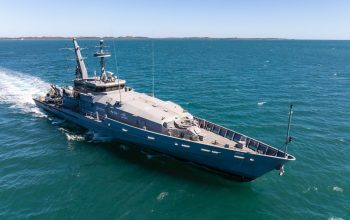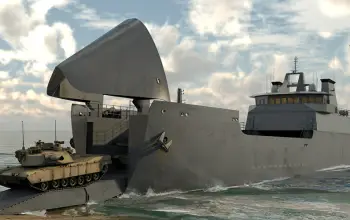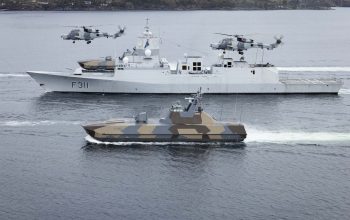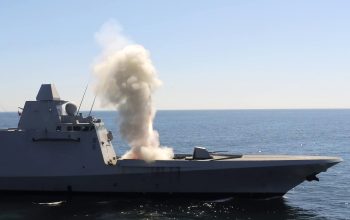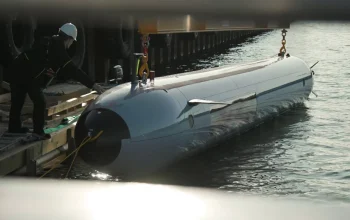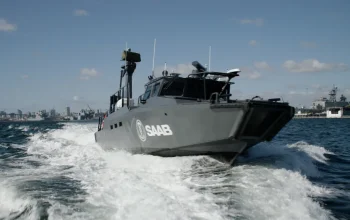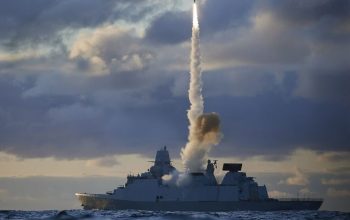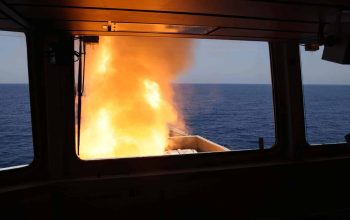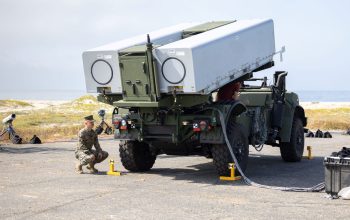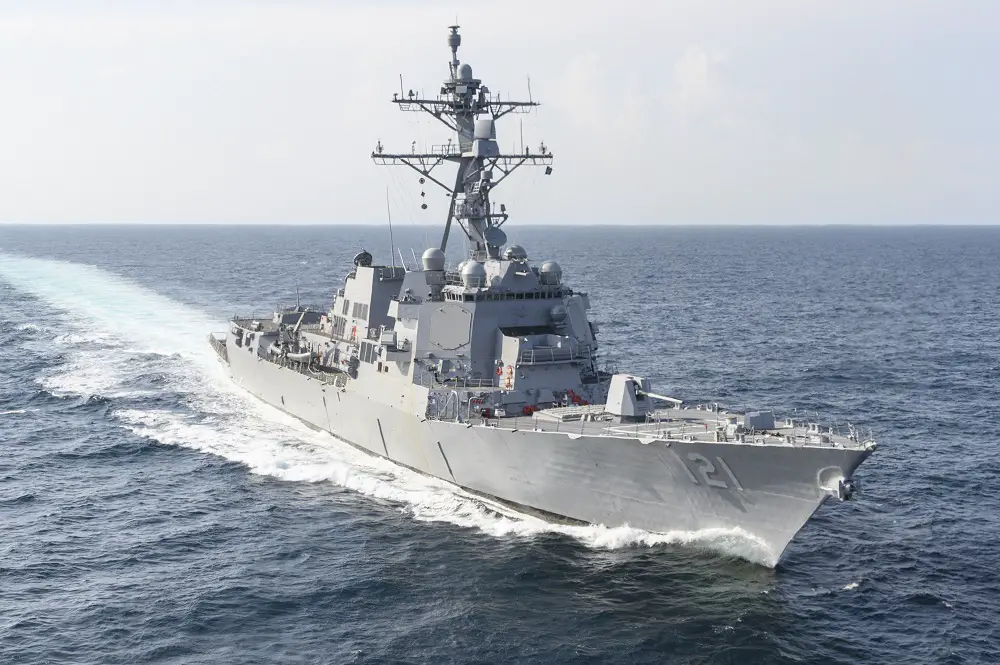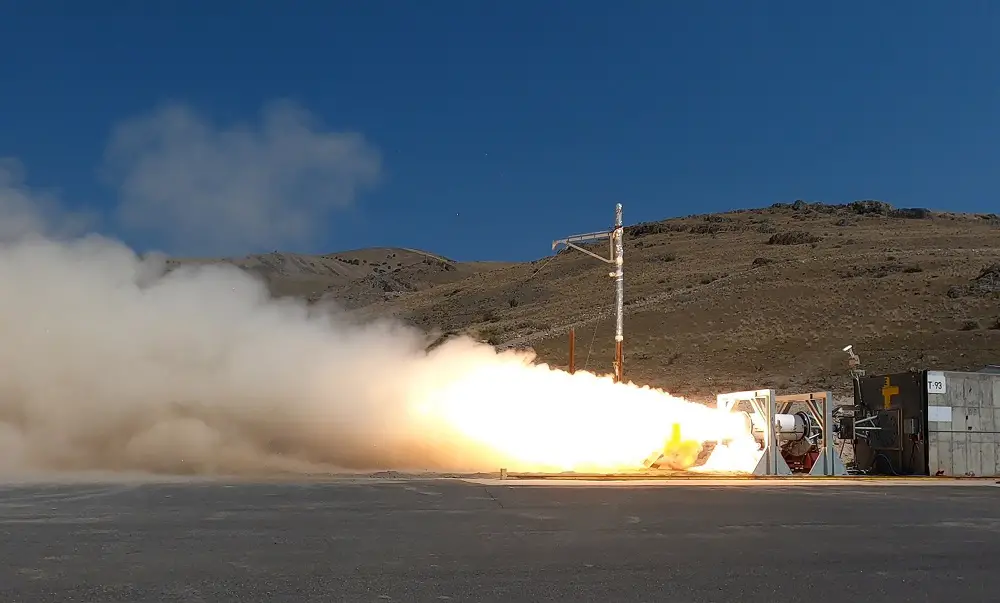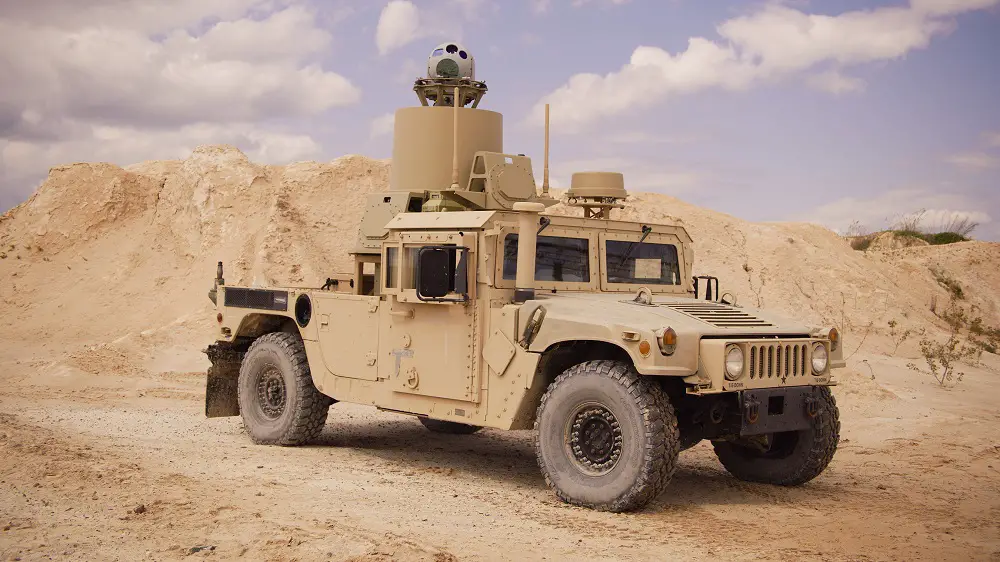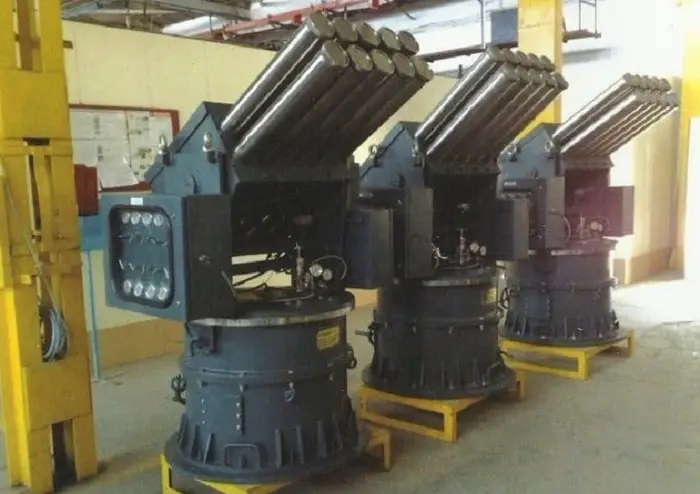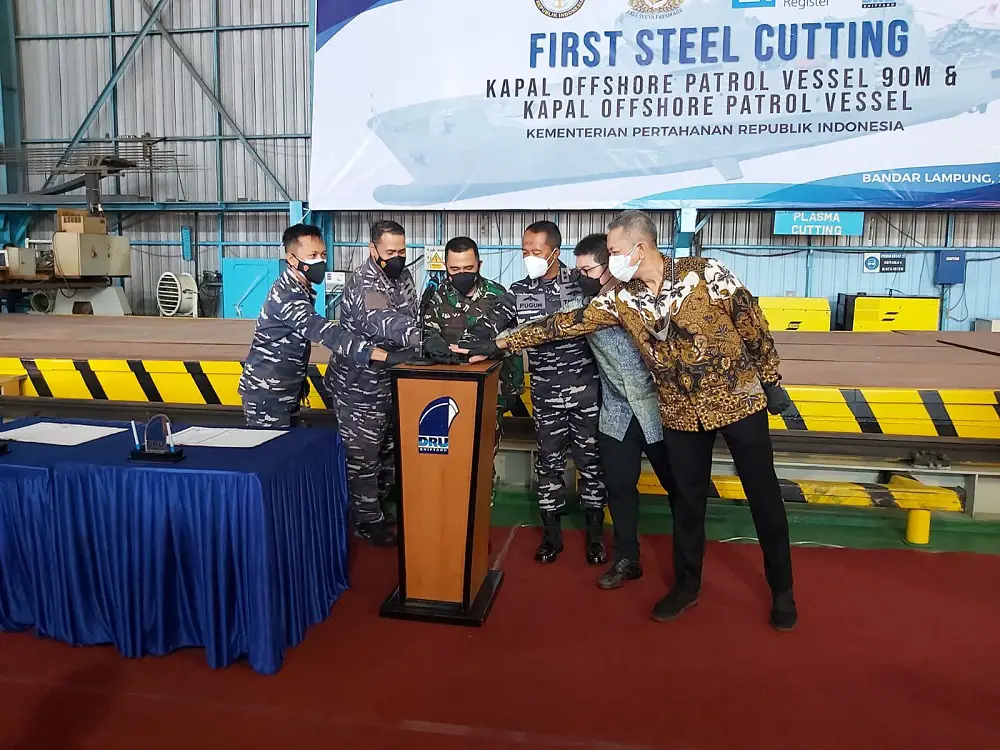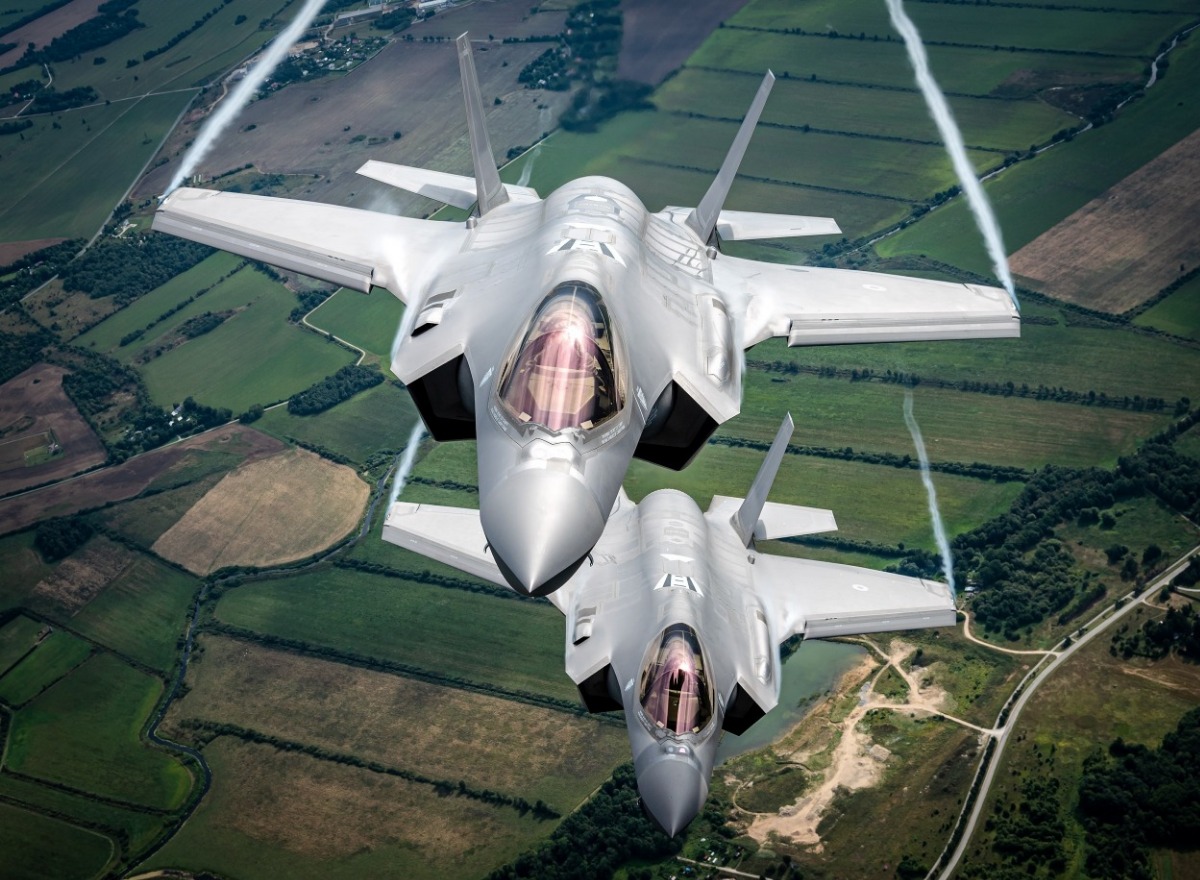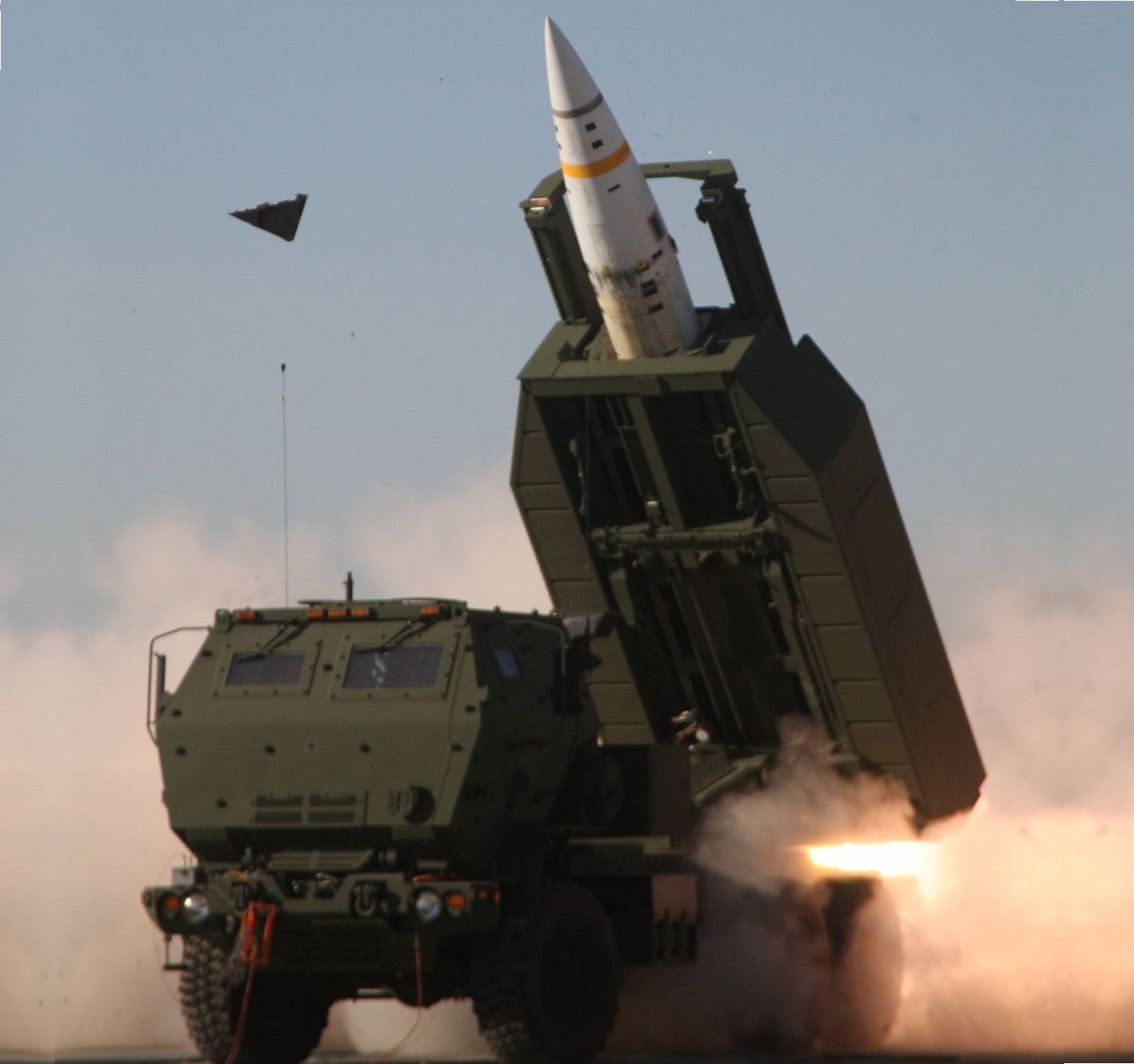Raytheon Missile Systems, Tucson, Arizona, is being awarded a sole-source, multi-year contract for $2,139,779,656. This multi-year contract is for fiscal years2019-2023. Under this contract, the contractor will provide the management, material and services associated with the procurement, manufacture and assembly of the Standard Missile-3 Block IB all up rounds for the U.S. and Foreign Military Sales (FMS) partners. Work will be performed in Tucson, Arizona; and Huntsville, Alabama, with a period of performance from contract award through March 26, 2027. The Missile Defense Agency, Dahlgren, Virginia, is the contracting activity (HQ0851-20-C-0002).
The RIM-161 Standard Missile 3 (SM-3) is a ship-based missile system used by the United States Navy to intercept short- and intermediate-range ballistic missiles as a part of Aegis Ballistic Missile Defense System. Although primarily designed as an anti-ballistic missile, the SM-3 has also been employed in an anti-satellite capacity against a satellite at the lower end of low Earth orbit. The SM-3 is primarily used and tested by the United States Navy and also operated by the Japan Maritime Self-Defense Force. The ship’s AN/SPY-1 radar finds the ballistic missile target and the Aegis weapon system calculates a solution on the target.
The Standard Missile 3 (SM-3) block IB, due in 2010, offers upgrades which include an advanced two-color infrared seeker, and a 10-thruster solid throttling divert and attitude control system (TDACS/SDACS) on the kill vehicle to give it improved capability against maneuvering ballistic missiles or warheads. Solid TDACS is a joint Raytheon/Aerojet project, but Boeing supplies some components of the kinetic warhead. With block IB and associated ship-based upgrades, the Navy gains the ability to defend against medium range missiles and some Intermediate Range Ballistic Missiles. It became operational in 2014, deploying for the first time on U.S. Navy ships worldwide.
Whether on land or at sea, the SM-3 interceptor continues to excel in testing. In 2014, the Block IB variant was successfully launched for the first time from an Aegis Ashore testing site in Hawaii. Later in the year, the missile destroyed a short-range ballistic missile target during a highly complex integrated air and missile defense exercise in the Pacific Ocean. The interceptor participated in an international, NATO-led exercise in 2017 that simulated real-life threat scenarios. Strong cooperation between allied nations and industry helps ensure readiness to defeat complex threats around the world.




